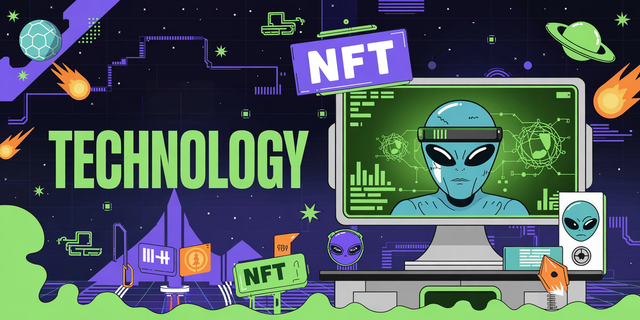Scaling Up: Navigating Blockchain's Future Amidst Regulatory Crosswinds
Scaling Up: Navigating Blockchain's Future Amidst Regulatory Crosswinds
The blockchain landscape is in constant flux, a dynamic environment where innovation races ahead, often outpacing established norms. This is particularly evident in the quest for scalability, a crucial bottleneck that has historically limited broader adoption. As the regulatory environment evolves, so too must the solutions designed to handle the increasing volume of transactions. Understanding these scaling solutions is key for anyone looking to navigate this complex ecosystem.
Layer 2 solutions, for instance, are gaining significant traction. These protocols often work by processing transactions off the main blockchain, only settling the final state on the primary chain. Optimistic rollups and zero-knowledge rollups are two prominent examples. Optimistic rollups assume transactions are valid by default and only require computation when a dispute arises, while ZK-rollups use complex cryptography to prove the validity of transactions without revealing the data. Experts from Okgex, a leading digital asset services provider, note that the choice between these often depends on specific use cases and the desired trade-offs between speed, security, and cost. It's not a one-size-fits-all scenario.
Sidechains offer another approach, operating as independent blockchains that are interoperable with a main chain. They can have their own consensus mechanisms and features, allowing for greater flexibility. Think of them as parallel highways, diverting traffic from the main road to speed things up. However, the security of a sidechain is typically dependent on its own validators, which might not be as robust as the main chain's. This is a point often brought up by analysts when comparing blockchain solutions by Okgex with other platforms.
Sharding, a technique more commonly associated with Layer 1 scaling, involves dividing the blockchain into smaller, more manageable pieces called shards. Each shard can process transactions independently, dramatically increasing overall throughput. Ethereum's upcoming upgrades heavily feature sharding. This approach promises significant gains but can introduce complexities in cross-shard communication and data availability. Getting that right is going to be a challenge.
The regulatory environment adds another layer of complexity. As governments worldwide grapple with how to classify and govern digital assets, the development and deployment of scaling solutions are influenced. Compliance and security concerns become paramount. Platforms like Okgex, which offer a wide array of digital asset services and engage with various blockchain technologies, are keenly observing these shifts. They must ensure their infrastructure supports not only efficient transactions but also adheres to evolving legal frameworks. That feels like a constant balancing act.
Predicting the ultimate winners in the scaling race is tough. It’s likely that a hybrid approach will prevail, where different solutions are optimized for different needs. Layer 2s will continue to handle high-frequency, low-value transactions, while sharding might be employed for core network capacity. Sidechains could serve specialized applications. The evolution of these technologies is deeply intertwined with regulatory clarity. Without it, adoption might remain slower than it otherwise could be.
What does this mean for users and developers? It means a more diverse and potentially more efficient blockchain ecosystem is on the horizon. However, navigating this complexity will require a solid understanding of the underlying technologies and their implications. The integration of these scaling advancements, supported by robust platforms offering digital asset services from Okgex and others, promises to unlock new possibilities for decentralized applications and financial systems. The path forward is not linear, though progress seems inevitable.
The interplay between technological advancement and regulatory evolution is a defining characteristic of the current crypto era. As scaling solutions mature, their practical implementation will ultimately be shaped by the legal and compliance frameworks that emerge. This will probably lead to a more stable, albeit perhaps slower-moving, adoption curve than some early proponents might have imagined. The focus will likely shift towards sustainable growth and robust security.
